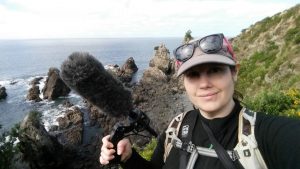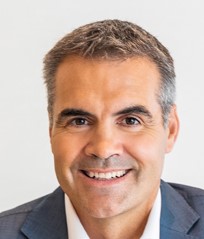BirdCare Aotearoa can offer a wide range of research opportunities. If you require research as part of your studies or report, we at BirdCare Aotearoa can provide a diverse array of avian research topics. These research topics can include research on avian physiology, anatomy, genetic biosecurity, pest management, GIS, conservation and much more. Whether you are from a University, research facility or just a keen volunteer, we here at BirdCare Aotearoa are willing to collaborate to help fulfill your research requirements.
Research has been undertaken at BirdCare Aotearoa since 2021 and has been a useful resource for a variety of different students and researchers. Some of the latest research involved at BirdCare Aotearoa involves studying the conservation of seabirds and shorebirds. Additionally, past research has involved studying bird vocalization, anatomy, genetics, and physiology. This is just a small indicator regarding the potential research we can help provide.
If you are interested don’t hesitate to contact the research coordinator, Ariel-Micaiah Heswall: research@birdcareaotearoa.org.nz
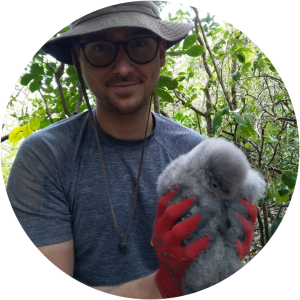

 “As a seabird sensory ecologist I am fascinated with how seabirds perceive the environment – particularly threats to them such as light pollution and plastic ingestion. BirdCare Aotearoa has made me feel welcome and promotes research. Without BirdCare Aotearoa, I would not have been able to have access to seabird specimens and data to write three chapters for my PhD. This resource of data they provide is not to go unmissed.” – Ariel-Micaiah Heswall, School of Biological Science, Waipapa Taumata Rau – University of Auckland
“As a seabird sensory ecologist I am fascinated with how seabirds perceive the environment – particularly threats to them such as light pollution and plastic ingestion. BirdCare Aotearoa has made me feel welcome and promotes research. Without BirdCare Aotearoa, I would not have been able to have access to seabird specimens and data to write three chapters for my PhD. This resource of data they provide is not to go unmissed.” – Ariel-Micaiah Heswall, School of Biological Science, Waipapa Taumata Rau – University of Auckland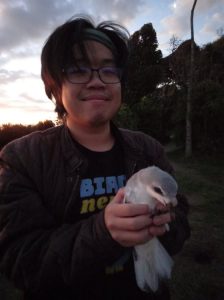 “I am doing a project regarding the interaction between shorebirds of Aotearoa and plastic pollution. Despite being common environmental pollution, plastic is often ignored regarding its indirect and unseen impact on wildlife. Recent studies and media have shown the effects of plastic pollution on animals such as sea turtles and seabirds while shorebirds are still mostly ignored. Shorebirds are a group of animals that have high mortality when they are young but have low mortality when they are adults; their main cause of mortality is through predation meaning not many carcasses left to be studied and the chance to find any dead shorebird while walking on the beach is low. In my study, I focus on plastic ingestion in shorebirds and how it can be related to their sensory and feeding ecology. Birdcare Aotearoa has been helpful and supportive in helping me gain data that I need for my project by providing shorebird specimens.” – Brian Wijaya, School of Biological Science, Waipapa Taumata Rau – University of Auckland
“I am doing a project regarding the interaction between shorebirds of Aotearoa and plastic pollution. Despite being common environmental pollution, plastic is often ignored regarding its indirect and unseen impact on wildlife. Recent studies and media have shown the effects of plastic pollution on animals such as sea turtles and seabirds while shorebirds are still mostly ignored. Shorebirds are a group of animals that have high mortality when they are young but have low mortality when they are adults; their main cause of mortality is through predation meaning not many carcasses left to be studied and the chance to find any dead shorebird while walking on the beach is low. In my study, I focus on plastic ingestion in shorebirds and how it can be related to their sensory and feeding ecology. Birdcare Aotearoa has been helpful and supportive in helping me gain data that I need for my project by providing shorebird specimens.” – Brian Wijaya, School of Biological Science, Waipapa Taumata Rau – University of Auckland
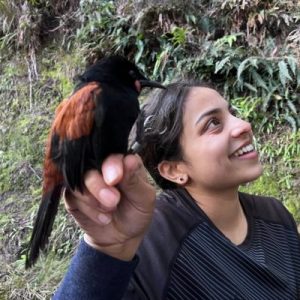 “I am a Master’s student at the University of Auckland studying seabird sensory ecology. My project involves looking at the sensory morphology of albatrosses, gannets and shags and linking it to plastic ingestion. I also model plastic colour onto seabird vision to see which colours are the most attractive. BirdCare Aotearoa has provided many seabird specimens for my research. The team is also incredibly knowledgeable, passionate about Aotearoa’s birds, and always willing to help. Collaborating with them has been an amazing experience!” – Kamya Patel, School of Biological Science, Waipapa Taumata Rau – University of Auckland
“I am a Master’s student at the University of Auckland studying seabird sensory ecology. My project involves looking at the sensory morphology of albatrosses, gannets and shags and linking it to plastic ingestion. I also model plastic colour onto seabird vision to see which colours are the most attractive. BirdCare Aotearoa has provided many seabird specimens for my research. The team is also incredibly knowledgeable, passionate about Aotearoa’s birds, and always willing to help. Collaborating with them has been an amazing experience!” – Kamya Patel, School of Biological Science, Waipapa Taumata Rau – University of Auckland